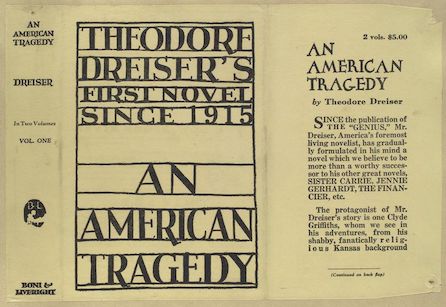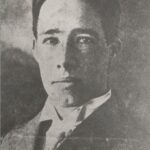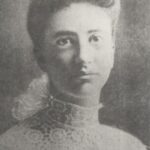
Many, if not most, of us read Theodore Dreiser's An American Tragedy during high school. His novel examines the disillusionment of the American Dream. In it, Dreiser reveals how the pressures of society toward financial success, coupled with the protagonist's urges, drive him to his own destruction. But did you know it's based it is based on an actual criminal case?
Published in 1925, Dreiser's tale relates (in great detail, over two volumes) the story of Clyde Griffiths, a son of evangelists, who takes a job as a bellhop, is involved in an automobile accident, escapes to another city, finds work in his uncle's factory, divides his affection between a factory girl and a socialite, entices the pregnant factory to a lake, lets her drown, and is himself tried, sentenced, and executed.
In 1892, Dreiser started work as a reporter and drama critic for newspapers in Chicago, New York and several other large cities. For years Dreiser collected news accounts about desperate young men who resorted to violence to rid themselves of passing love affairs. The 1906 case of Chester Gillette particularly fascinated him. Gillette was the son of well-to-do, highly religious parents.
Both Gillette and Grace Brown were employed in Gillette's uncle's skirt factory in Cortland, NY. When Brown found herself pregnant, she  pressured Gillette to marry her. He, however, kept putting her off.
pressured Gillette to marry her. He, however, kept putting her off.
Eventually, the lovers enjoyed a weekend away at Big Moose Lake. Gillette took Brown in a rowboat, clubbed her with his tennis racquet, and left her to drown. An overturned boat was found floating in the lake, together with Gillette's hat, leading authorities initially to believe both had drowned. Meanwhile, Gillette, carrying a suitcase, hiked through the woods to Fulton Chain Lakes, where he checked into another hotel under his real name. Later, witnesses said that
 Brown's body was found at the bottom of the lake the next day. An autopsy revealed she had suffered major head trauma, turning the supposed accidental drowning case into a murder investigation. Gillette, who had carefully planned the murder but not his alibi, was quickly arrested.
Brown's body was found at the bottom of the lake the next day. An autopsy revealed she had suffered major head trauma, turning the supposed accidental drowning case into a murder investigation. Gillette, who had carefully planned the murder but not his alibi, was quickly arrested.
During the trial, Gillette's public defender at first claiming his client wasn't there when Brown drowned, then suggested accidental drowning, then suicide. The defense struggled to explain Brown's injuries, why Gillette took his suitcase on a boat ride, and how it ended up dry even though the boat overturned.
The jury convicted Gillette of murder. He was electrocuted at Auburn Penitentiary in March 1908.
Fun Fact: His novel inspired two films: An American Tragedy and A Place in the Sun, as well as a stage adaptation (1926). Also based on the case is the Ballad of Big Moose Lake, a 1926 folk song of the Adirondack Mountains area that explicitly mentions Gillette in the first and last verses.
Fun Fact: The novel was banned in Boston, in 1927, for its inclusion of abortion and sexual promiscuity. Critics did not consider the treatment of these topics as sufficiently condemning in the context of the morals of 1920's American society.